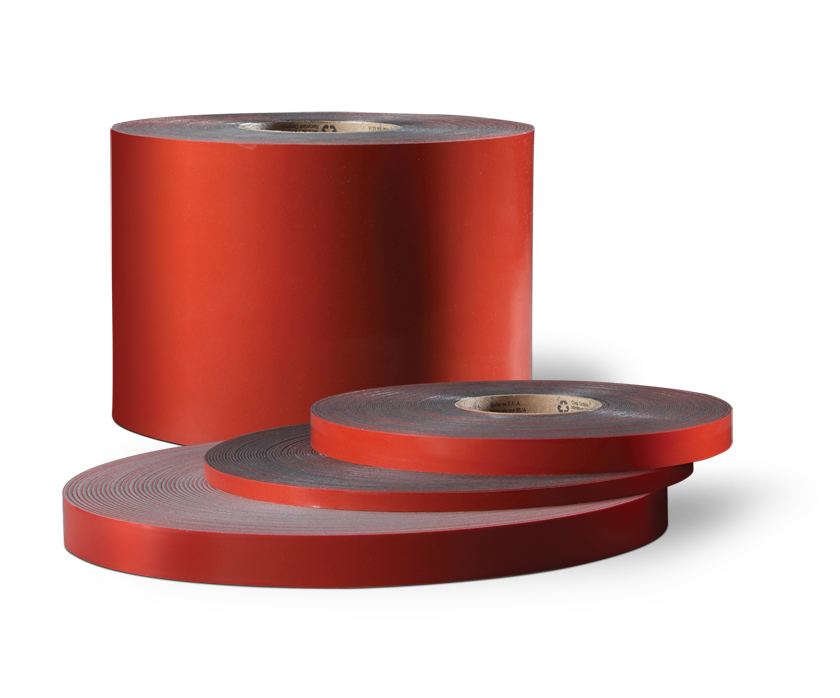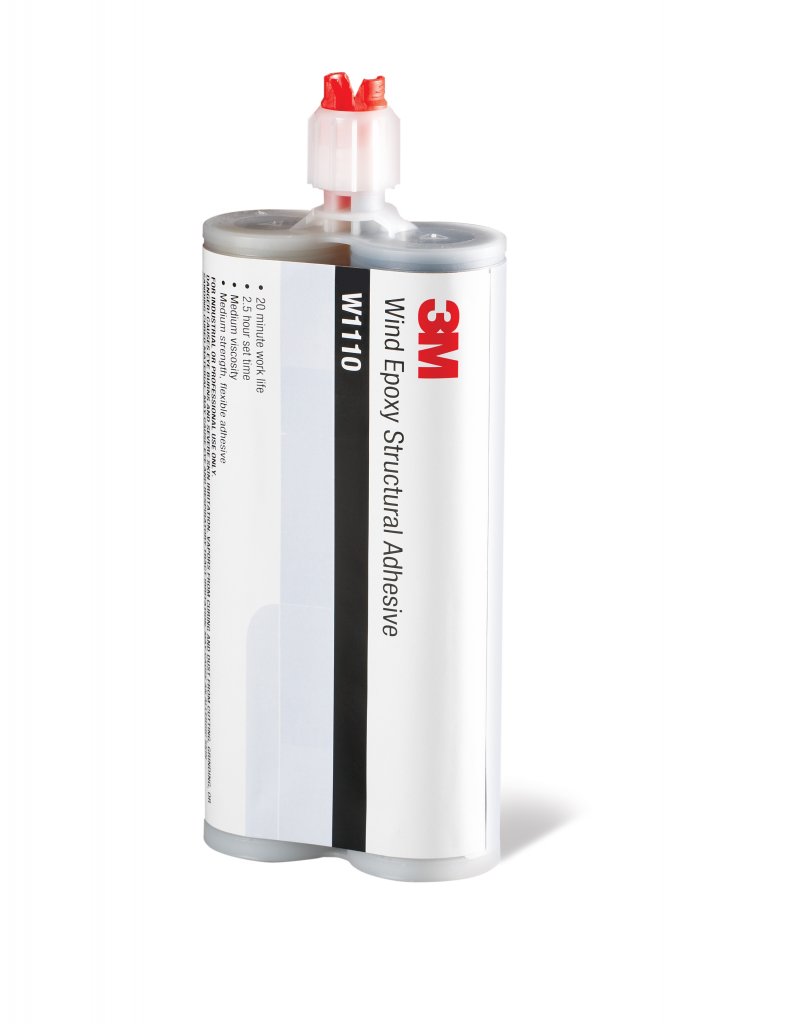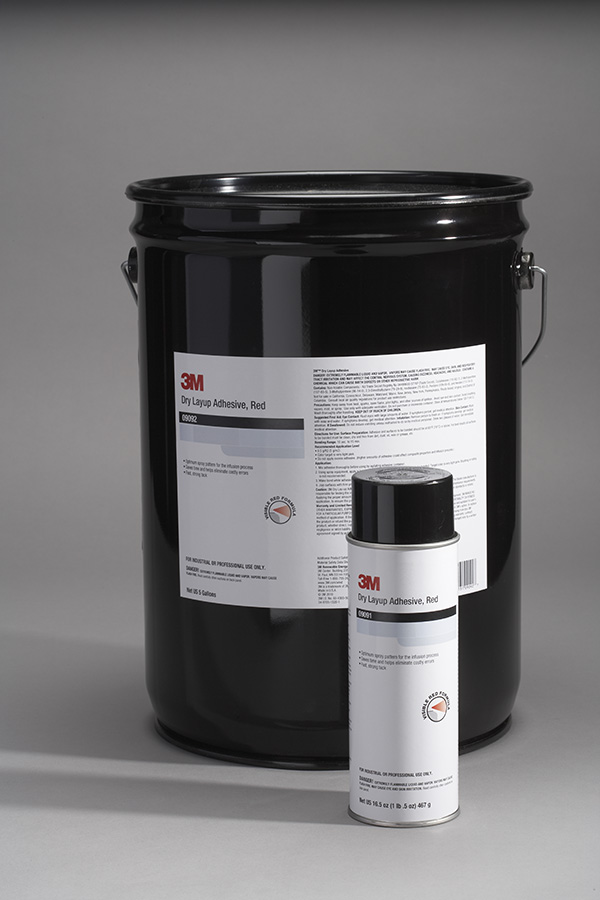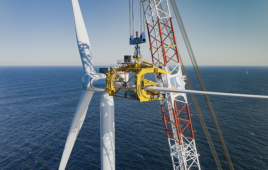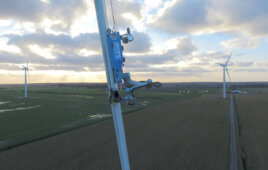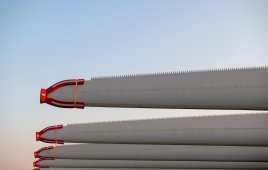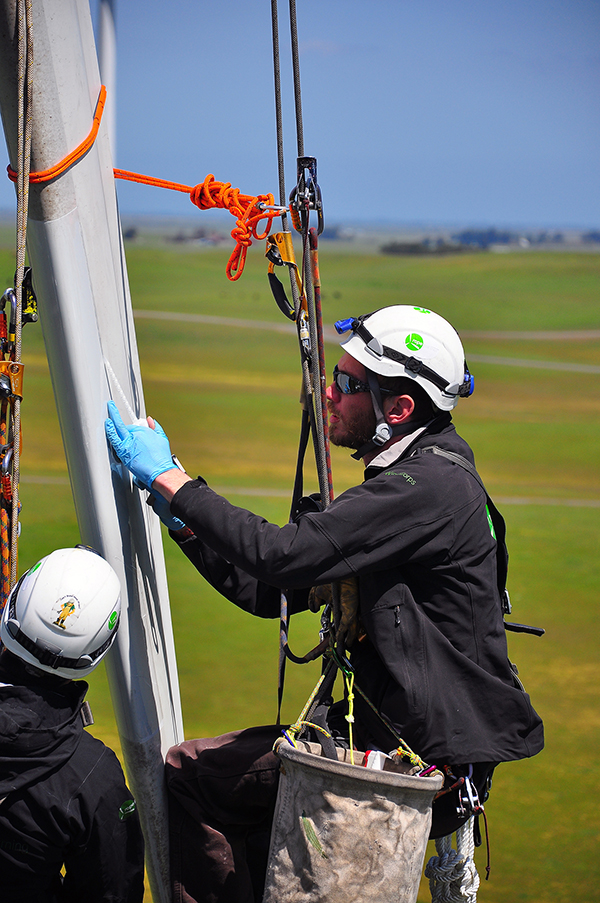
Studies consistently demonstrate that even minor blade erosion can lead to an AEP loss of at least 4%, and up to 20% in more severe cases.
Santhosh Chandrabalan | Development Leader | 3M Technical Business
To maximize wind-farm efficiency and related investment returns, the wind industry is paying increasing attention to the wear and tear of turbine blades. From high winds and rain to damaging hail and salt spray, turbine blades face a wide variety of weather and environmental challenges. Exposure to these conditions over time commonly leads to erosion in the form of pitting, gouging, and delamination on the leading edge of blades.
This damage compromises the integrity of a blade and impacts its aerodynamic efficiency, causing a significant loss in annual energy production (AEP). Recent studies from several sources consistently demonstrate that even minor erosion can lead to an AEP loss of at least 4%, and up to 20% or more in the case of severe erosion.
The best approach to blade erosion is a proactive one, addressing the issue before it becomes one. Several materials can help prevent blade damage before it’s a problem that affects a turbine’s production and ROI. Protecting blades Today’s utility-scale turbine blades often extend more than 40-m long and are made of lightweight materials, such as fiberglass, epoxy, polyester, and core materials, depending on the manufacturer. The longest blades can achieve tip speeds of more than 200 miles-perhour, so even the smallest bits of sand or moisture can cause damage over time, regardless of the brand, material, location, or hub height.
Protecting blades
Today’s utility-scale turbine blades often extend more than 40-m long and are made of lightweight materials, such as fiberglass, epoxy, polyester, and core materials, depending on the manufacturer. The longest blades can achieve tip speeds of more than 200 miles-per-hour, so even the smallest bits of sand or moisture can cause damage over time, regardless of the brand, material, location, or hub height.
One of the most common products for leading-edge erosion is blade-protection tape. Originally developed for helicopter blades and aircraft radomes, tapes are constructed with durable, abrasion-resistant polyurethane elastomers. The material is tough enough to shield a blade’s leading edges and surfaces from pitting, wear, water ingression, and environmental erosion, while protecting against punctures and tears.
When evaluating blade-protection tapes, consider a product that’s UV stable without hazardous pollutants. Also check whether special tools are needed for application. Several tapes on the market are designed for use in the factory or in the field by rope or platform access. Protection tape is often one of the best choices for repairs in the field because it provides a simple and consistent solution with a uniform thickness and finish. Unlike a chemical coating, blade tape isn’t affected by weather conditions, such as humidity or temperature, and provides a more reliable application process for quick fixes and corrections.
Polyurethane coatings provide another option for blade protection, offering a layer of defense against damage caused by sand, rain erosion, and minor impacts. But careful and proper application by brush or casting is necessary for full protection, so coatings are best applied in controlled conditions, not in the field.
Blade manufacturers also often use epoxy or polyurethane fillers to fix surface defects after de-molding or to create a smooth transition between blade halves. In these cases, the filler becomes an integral part of the leading edge of blade. Because blades are designed to flex significantly during operations, fillers must allow for some bend while providing enough durability to prevent surface cracking.
A variety of fillers are available so before deciding on a product users should factor in the application method required, the repair time available, and the performance expectations in the field. Also, review the instructions to ensure proper mixing and adhesion to the substrate of a blade to decrease the possibility of application errors and waste.
Fillers technically become the base of the leading edge of a blade, so they significantly influence how that leading edge resists erosion. Coatings and blade protection tape are also used to effectively prevent erosion, so it is important to choose a reliable filler that works in combination with other protection products.
Upgrading designs
An ageing fleet occasionally leads turbine operators to implement design upgrades to improve the aerodynamic efficiency of turbine blades. In these cases, it’s imperative to use a tough, reliable bonding solution when adhering composite blades or securing aerodynamic attachments.
Depending on the project, several bonding products are available for turbine blades and proper application will increase reliability. With the right combination of leading-edge protection, operators can boost wind-farm performance, power generation, and ROI.
|
BLADE PROTECTION OPTIONS |
DESCRIPTION |
|
|
When attaching upgrades to a blade, an acrylic foam tape is often an ideal alternative to liquid adhesives and mechanical fasteners because the tape can withstand dynamic residual forces even in harsh conditions. These tapes are easy to apply and are extremely flexible, which accommodates the flexing and fatigue forces often encountered by a turbine blade. Acrylic foam tapes can also stand up to various temperatures and weather conditions.
|
|
Blade bonding adhesive |
This bonding adhesive is a fast-curing, crack-resistant structural epoxy for bonding composite blades. Adhesives reduce turbine downtime by enhancing blade durability.
|
|
Structural adhesives |
A room-temperature curing adhesive used for bonding composite turbine blades and for other general-purpose applications. |
|
|
This sprayable, synthetic elastomer-based adhesive used for helping to hold glass fabrics and other reinforcements and materials (i.e. flow media) in place during the infusion process. |
Surface preparation
Preparation is key to successful blade protection. Before selecting a blade-protection product, double-check the degree of damage or repair on the blade. Serious chips or damage to the leading edge of a blade can mean a filler is needed prior to coating. After choosing the appropriate product, read the application directions and follow the recommendations including whether maintenance or repairs are best completed in the factory or in the field. Most often, the surface intended for the protection tape or coating significantly influences an adhesive’s reliability and performance. A clean and dry surface is usually required to obtain high-strength structural bonds. WPE
Filed Under: Blades

